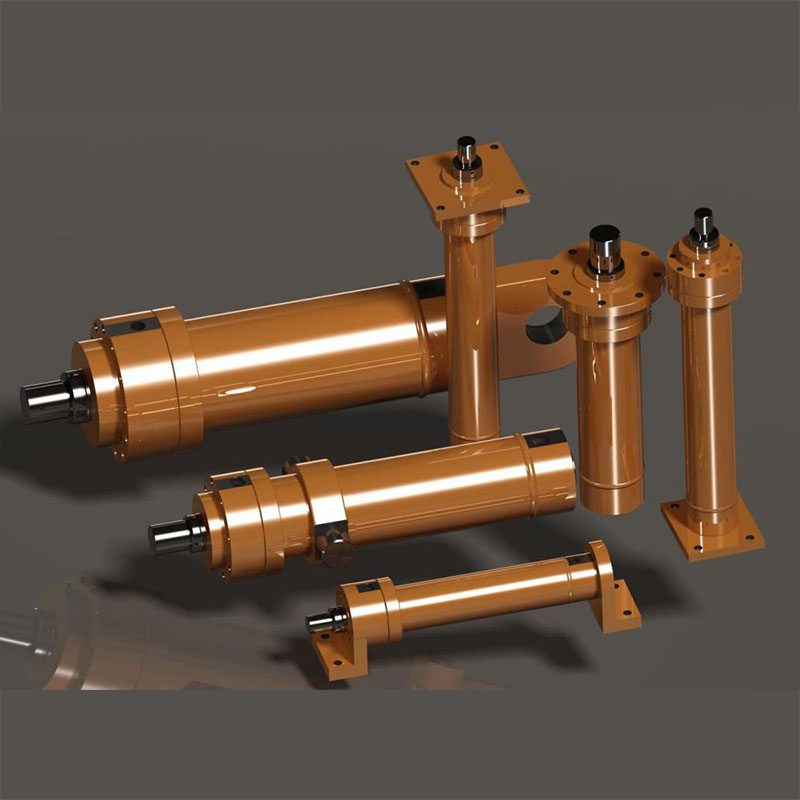Hydraulic Cylinder: Powerful Actuators for Industrial Motion
2025-06-27
A hydraulic cylinder is a mechanical actuator that uses pressurized hydraulic fluid to produce linear force and motion. It converts hydraulic energy into mechanical energy, enabling controlled movement in machines and equipment.

Key Components of a Hydraulic Cylinder
Cylinder Barrel: The main body that holds the hydraulic fluid.
Piston: Moves inside the barrel to create force.
Piston Rod: Connects the piston to the external mechanism, transmitting motion.
Seals: Prevent fluid leakage and contamination.
End Caps: Close the cylinder barrel and provide mounting points.
How Does It Work?
Hydraulic fluid is pumped into one side of the cylinder, pushing the piston and extending or retracting the piston rod. The direction and force depend on fluid pressure and flow, allowing precise control of linear movement.
Types of Hydraulic Cylinders
Single-Acting: Uses hydraulic pressure in one direction; a spring or gravity returns the piston.
Double-Acting: Hydraulic pressure controls motion in both extension and retraction.
Telescopic: Multiple nested barrels extend in stages for long strokes.
Applications
Construction equipment (excavators, loaders)
Agricultural machinery (tractors, harvesters)
Manufacturing automation and robotics
Material handling equipment
Aerospace and marine systems
Advantages
High force and power density
Smooth, controllable linear motion
Durable and reliable in harsh environments
Easy integration with hydraulic systems
Conclusion
Hydraulic cylinders are vital components in many industries, providing strong, precise linear motion for heavy-duty applications. Their versatility and efficiency make them indispensable in modern machinery and equipment.


